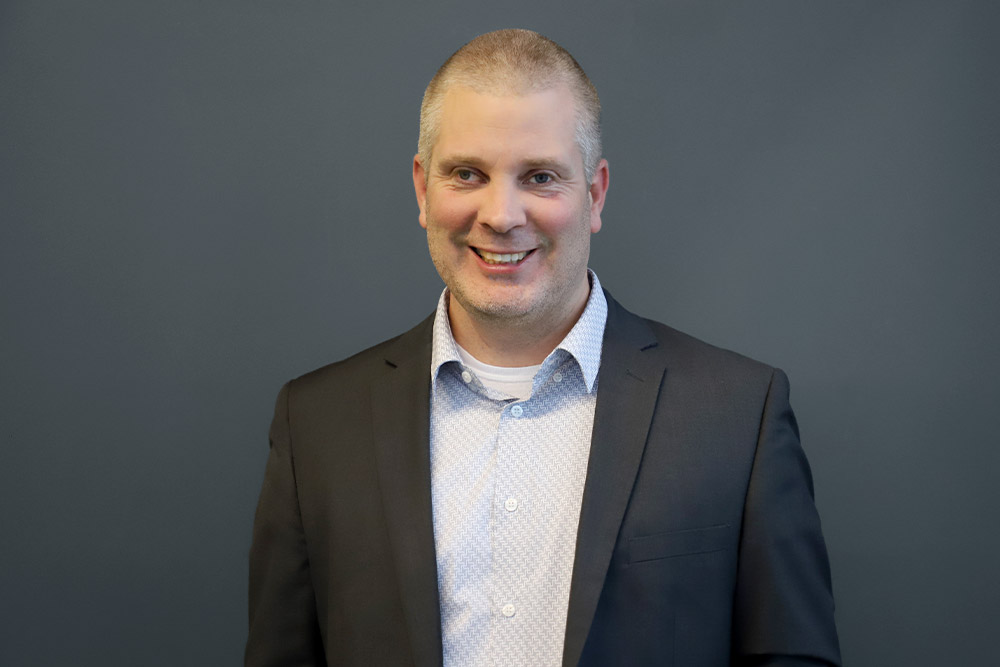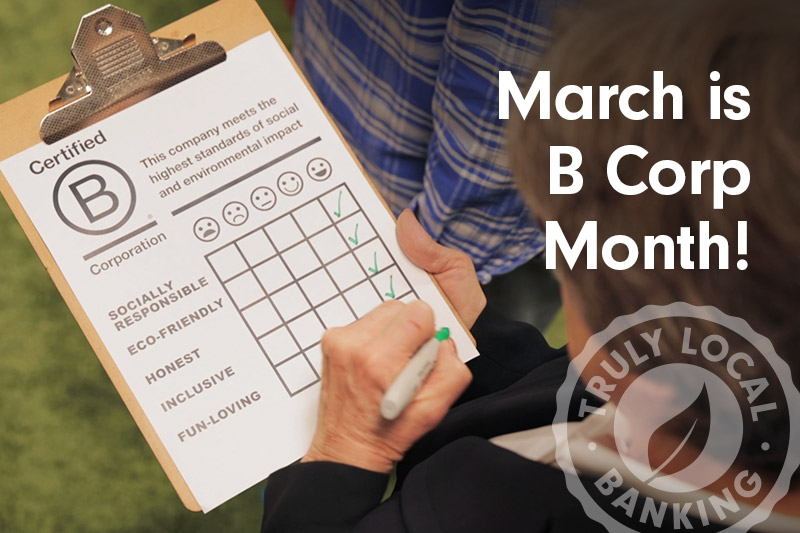Saving for your children’s education can be tricky. For low-income families it can be even trickier. The Canadian government has a program to help those families: the Canada Learning Bond (CLB).
I recently met with a family that hadn’t heard about the CLB. Harold and Annalise both worked full time and opened an RESP for their son Johnny last year. After finding out they were expecting another child, they were worried about paying for another education.
I explained that the Canada Learning Bond it a great option to help eligible low-income families afford post-secondary education. It’s free money. Deposited directly into an RESP, the money can be withdrawn to pay for colleges, universities, CEGEPs, trade schools, or apprenticeship programs.
After I introduced Harold and Annalise to the idea of the CLB, they had some great questions.
Are my children eligible for the CLB? My wife and I both work.
The government considers many factors to determine eligibility. For instance, your child needs to have to have an RESP in their name and your family needs to be considered low income. Income eligibility depends on the number of qualified children in your family and the adjusted income of your family. The government of Canada breaks down eligibility on their Canada Learning Bond site. It’s a great place to start when you want to figure out how to get money for your kids’ education. You can also check out other online sources to see how your savings can add up and help your kids.
How much money does the CLB give eligible kids?
Up to $2,000! The government will contribute $500 for the first year of eligibility to an eligible child’s RESP. They will then contribute $100 per year for every eligible year after that up to age 15. To top that up, you can deposit to your RESP as you’re able over that time.
Do I have to contribute my own money to get the government money? I can’t afford that right now!
No, you don’t have to deposit money in your child’s RESP to get CLB money. All you have to do is open a Registered Education Savings Plan (RESP) with your financial institution. The government will be notified of your plan and, once they confirm that you’re eligible, they’ll deposit the CLB money in your child’s RESP.
You may be thinking of the Canada Education Savings Grant (CESG). With that program, the government gives you 20% on your contributions to an RESP. With the CESG, you can get up to $500/year for each child up to a total $2,500 contribution limit.
What if my kids don’t end up going to post-secondary school? Little Johnny just licked a frozen pole the other day and I’m not sure about his prospects.
It's never a good idea to count your chickens before they hatch, but if Johnny decides to skip post-secondary school, any CLB money would have to be returned to the government. It is for educational purposes only.
It’s a great idea to open a family RESP if possible, with all your children attached as beneficiaries. This will give your family added flexibility in the future, since all of the funds can be used by any children that attend post-secondary school.
After our conversation, Harold and Annalise decided to apply for the Canada Learning Bond for Johnny.
Start saving smart
If you think your family might be eligible for the CLB, come into a PenFinancial branch. We’ll help you set goals, achieve dreams, and maximize the RESPs related to both. You can save smart and help your children get the best shot at the future they deserve.
Note The information contained in this article was obtained from sources believed to be reliable; however, we cannot guarantee that it is accurate or complete. This material is for informational and educational purposes and it is not intended to provide specific advice including, without limitation, investment, financial, tax or similar matters. The views expressed are those of the author and not necessarily those of Aviso Wealth.
Mutual funds and other securities are offered through Aviso Wealth, a division of Aviso Financial Inc. Commissions, trailing commissions, management fees and expenses all may be associated with mutual fund investments. Please read the prospectus before investing. Unless otherwise stated, mutual fund securities and cash balances are not insured nor guaranteed, their values change frequently and past performance may not be repeated.






